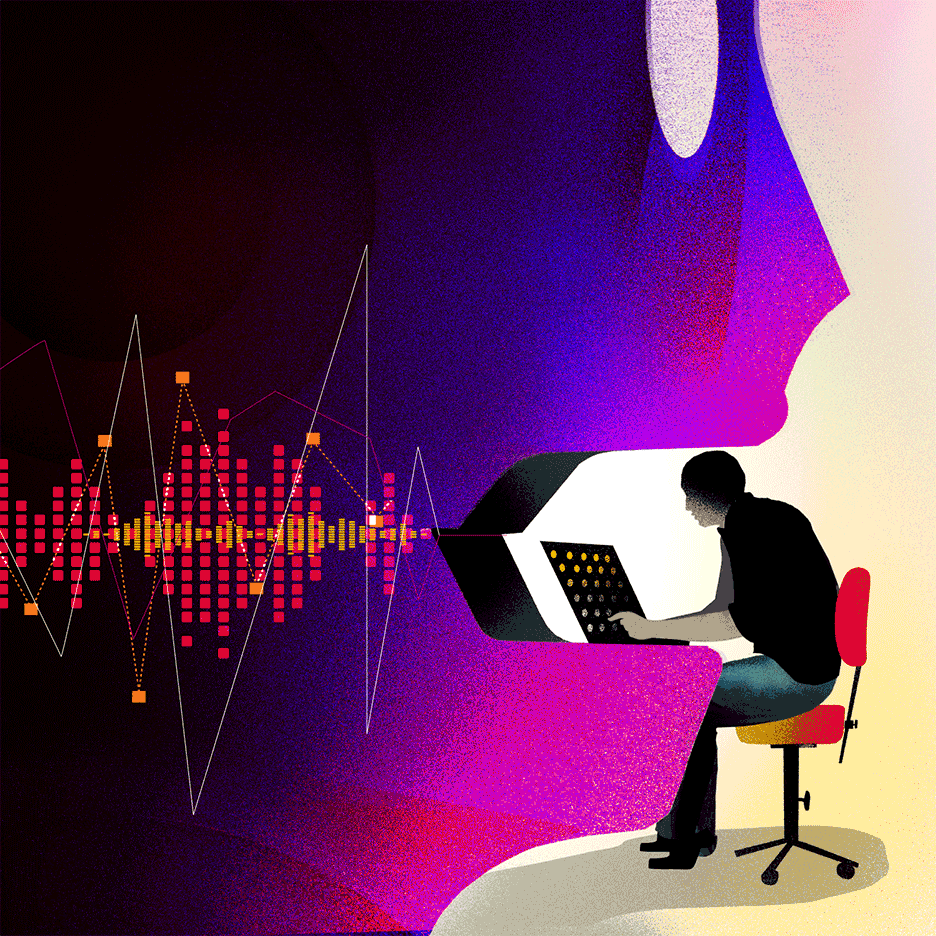- This Week in AI
- Posts
- it's over for designers?
it's over for designers?

Are you aware that AI can now analyze user interactions in real-time to improve UI/UX designs based on user behavior and preferences?
How familiar are you with this advanced technology? |
Design Practice: Traditional vs AI
In today's design world, there's an exciting blend of old-school techniques and advanced technology.
Traditional Design Practice:
Human-Centered Approach: Depends on human intuition, creativity, and hands-on skills.
Process: Involves drawing by hand, creating multiple prototypes, and gathering user feedback.
Tools: Uses pencils, paper, and design software like Adobe Creative Suite.
Strengths: Offers deep cultural and contextual insights; highly tailored and personalized designs.
AI-Driven Design:
Algorithmic Approach: Leverages machine learning, data analysis, and generative design.
Process: Uses automation for idea generation, pattern recognition, and fast prototyping.
Tools: Employs AI tools like Mid-journey, Adobe Sensei, and neural network platforms.
Strengths: Analyzes large datasets, spots trends, and rapidly creates multiple design options.
Now we are in the AI Era and keeping up with it is the only solution for a developed future.
For more detailed information, check out this working paper:
The first significant use of AI in design was with the invention of Sketchpad, created in the early 1960s by Ivan Sutherland at MIT.
As the pioneering computer-aided design (CAD) program, Sketchpad introduced the possibility of using computers to create and manipulate graphical data, setting the stage for the complex AI-driven design tools we use today.
AI-Designers is the trend
AI is revolutionizing the design industry, enhancing creativity and efficiency, and producing more sophisticated results. But a pressing question arises: Is AI replacing designers?
1. Create Your Own Clothes with AI!
Interested in how Pixite does it?
2. Design Time Slashed by 22x
Canva has integrated AI to simplify tasks like color matching and layout optimization. This makes the design process much faster, allowing users to complete projects with minimal effort.
Curious about the full details?
PS: you can use Canva with GPT too. Check it out HERE
All the AI-Design tools you can use:

Adobe Sensei: Enhance your creative workflows across Adobe's suite.
Khroma: Your personal color consultant, helping you choose the perfect palettes.
Looka: Quickly create a professional logo and brand identity.
Uizard: Turn sketches into digital designs, ideal for app and web design without coding.
Midjourney: Rapidly create visuals using text prompts within Discord.
What do you think? |
Designer vs. AI Tool: Cost Comparison
Here's an analysis comparing the costs and efficiency of a human designer in the US with an AI design tool like Canva Pro, focusing on time and expense for each task:

This comparison shows the potential savings in cost and time when using an AI design tool for routine, automatable tasks. However, it's crucial to remember the unique value human designers bring to more creative and complex projects.
Can AI Understand Better Than Humans?
AI has a remarkable ability to transform complex ideas into designs, often in ways that humans might find challenging. Here’s how AI can enhance the design process:
Semantic Design Translation Example

Imagine a brand wants to convey "reliability" through a marketing campaign. An AI tool can analyze thousands of design elements associated with reliability, such as blue tones, structured layouts, and classic typography, to automatically create a series of ad visuals. This method is faster and can capture subtle design nuances better than a human designer's initial drafts.
Real-time Customization Example

Think of a website that changes its layout and color scheme based on the time of day or user behavior. AI can adjust these design elements in real-time, enhancing user engagement. For example, if users are more active during night hours, the AI might darken the background and increase text size for better readability, all without human intervention.
By integrating AI into design, the process becomes faster and more efficient, while also unlocking new possibilities for creativity and innovation.



